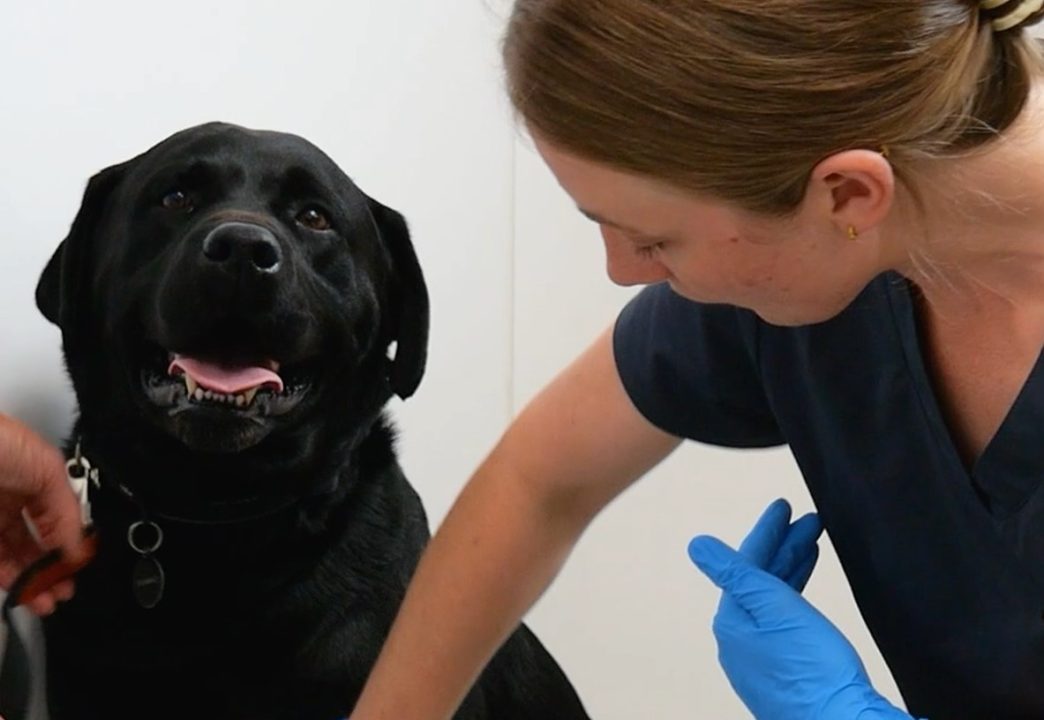Be aware of where these seeds can embed themsleves and the damage they have the potential to cause.
Your Vetlife vet will examine your dog carefully and may be able to remove obvious barley grass seeds without any sedation. If the seed has embedded itself or has started to migrate, sedation or even a full general anesthetic may be required to move it. These more complicated cases where barley grass has ‘disappeared’ from the skin’s surface can be very frustrating for an owner, especially if a vet is unable to locate an intact seed. Once a seed has been inside the body for a couple of days it starts to slowly disintegrate meaning retrieving it intact becomes increasingly difficult. Flushing out the tract the seed followed and giving your pet antibiotics and anti-inflammatories can make your pet much more comfortable and reduce the impact that the barley grass has on their system.
If your dog likes to run through long grasses, especially during summer, check their coat and paws after each walk. Grooming long-haired breeds and keeping the coat especially short around the paws can help to prevent seeds from catching on. If your pet seems ‘off-colour’, or they are not acting like themselves, are licking a particular area or if you see an oozing entry wound, please bring them down to your local Vetlife clinic as a barley grass seed may be the culprit.
